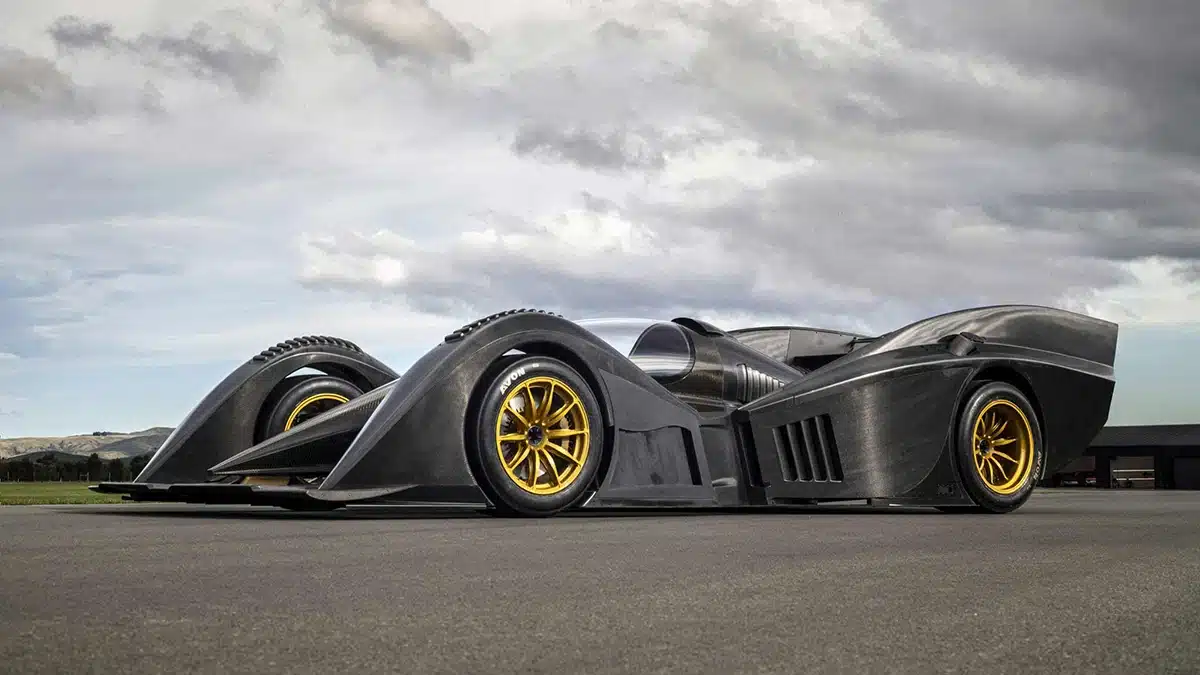The Scandinavian car market has proved very strong over the years and has brought some of the most thrilling, and equally mundane, models. Well-known for their quality and craftsmanship, here is our guide to the top three Scandinavian cars that define the region’s motoring history.
Volvo 240
Of course, Volvo has to make the list. Founded in 1927, the Swedish car maker has played an important role in the international automobile market.

Towards the end of 1974, the Volvo 240 was launched and the final one rolled off the production line in 1993. The design could hardly be described as sleek, more like a fridge on wheels, but it was a practical choice. It boasted great boot space and it was a joy to work on, with plenty of room under the bonnet – making repairs straightforward. Owners also liked the high driving position and the almost armchair-like seats.
Volvo even produced a GLT Turbo version – capable of 0 to 60 mph in 8.9 seconds. A favorite among the ever growing drift community due to the price : power ratio!
The Volvo 240 may also be one of the most reliable vehicles ever made. In total, around 2.8 million were produced and many of them are still going strong today – with some clocking up over one million miles without an engine change.
Despite its boxy looks, the Volvo 240 has developed rather a cult following, with good condition models attracting premium prices in today’s classic car market.
Saab 900 Turbo
Saab is another Swedish-based firm that has produced a number of iconic cars of the years. Its Saab 900 model was sold in two different versions between 1978 and 1998.
When the Turbo model was released, it was seen as relatively expensive compared to the other options available at the time. However, the lure of the turbocharging was seen as something innovative and quite rare for road cars at the time.
The Turbo underwent a number of refinements over the years, with the 175 bhp 16-valve model released in 1984 attracting the most praise.
There are still a few Saab Turbo 900s going strong and when driven with the correct care they can provide hours of trouble-free motoring. Just remember to ensure you warm up a turbocharged car gently rather than revving it and let it cool down slowly after a long journey.
Koenigsegg CCX
Perhaps in complete contrast to the Volvo 240 is the Koenigsegg (Competition Coupé X) CCX. Revealed at the 2006 Geneva Motor Show, the car boasted a 4.7-litre twin supercharged V8 engine that offered 795 bhp and oozed kerb appeal with its carbon fiber chassis reinforced with kevlar and aluminium.
Koenigsegg was founded in 1994 by designer Christian von Koenigsegg with the aim of producing a high-quality road-legal supercar, that would be Swedish made, but appeal to the international market, especially the US.
Just 49 CCX-Series cars were made between 2006 and 2015 – making them pretty rare and one of the most expensive cars in the world.
For more articles like this, receive our weekly e-newsletter, including partner deals and all things motoring, register your email below.
Please note: You cannot subscribe to Smart-Motoring unless you put a tick in the checkbox below to indicate have read and agreed to our privacy policy.











